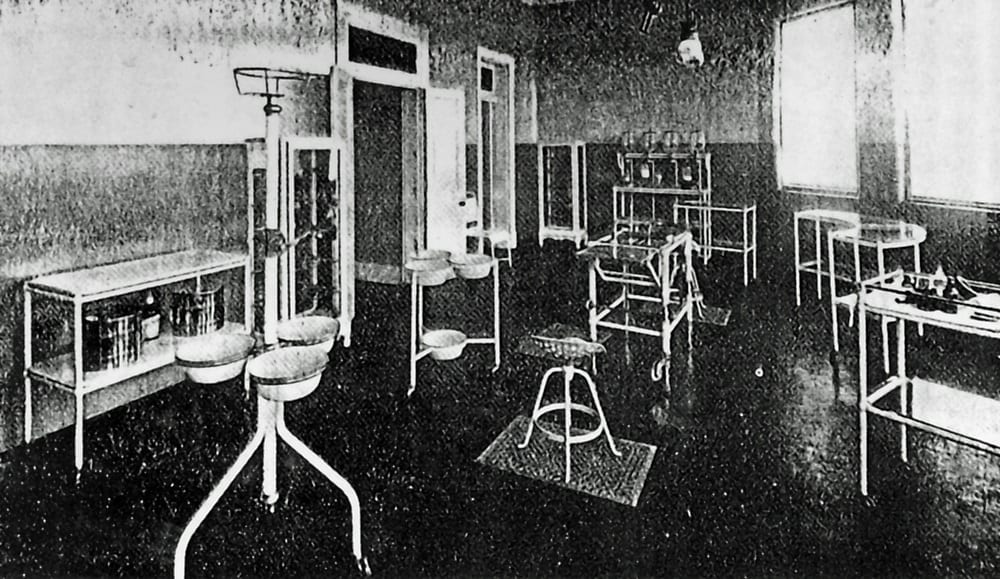
Image courtesy Picture Ipswich: Operating theatre, Ipswich General Hospital, Ipswich, late 1910s.
Fancy being operated on in 1913? Ever wondered what it was like?
The volunteers at the Ipswich Hospital Museum have found some interesting theatre instruments that were used at the Ipswich Hospital in the olden days.
Going for surgery, these days, is generally considered routine, safe and common. But medicine has travelled a long winding road to get to where it is today.
Surgery (in a primitive form) has been around as long as humans first learned to make handle tools.
It wasn’t until the early 1700s that surgery became based more on scientific evidence. Anaesthesia and antiseptic surgery was only discovered in mid 1800s and x-rays were invented in 1895.
By the 1900s surgery was less painful and risky but many patients died from infection and blood loss. Blood transfusion and antibotics were yet to be developed.
In 1913, the Ipswich Hospital opened a ‘state of the art’ operating theatre which was beautifully lighted with large plate-glass windows on three sides of the room. Up until 1919 the majority of homes and businesses in Ipswich were still using gaslights so good natural lighting was vital to enable the doctors to see well during the operations.
Another addition to the new operating suite was a sterilising room with a new steriliser to sterilise the instruments between operations. All of the linen, equipment and instruments were reusable.
The nurses were responsible for scrubbing, washing and, if need be, sharpening the instruments between operations e.g. scalpels, needles and even the tonsil guillotine shown would have had to be resharpened periodically between uses.
Today, almost all the equipment and instruments used in the operating theatre are for single use only.
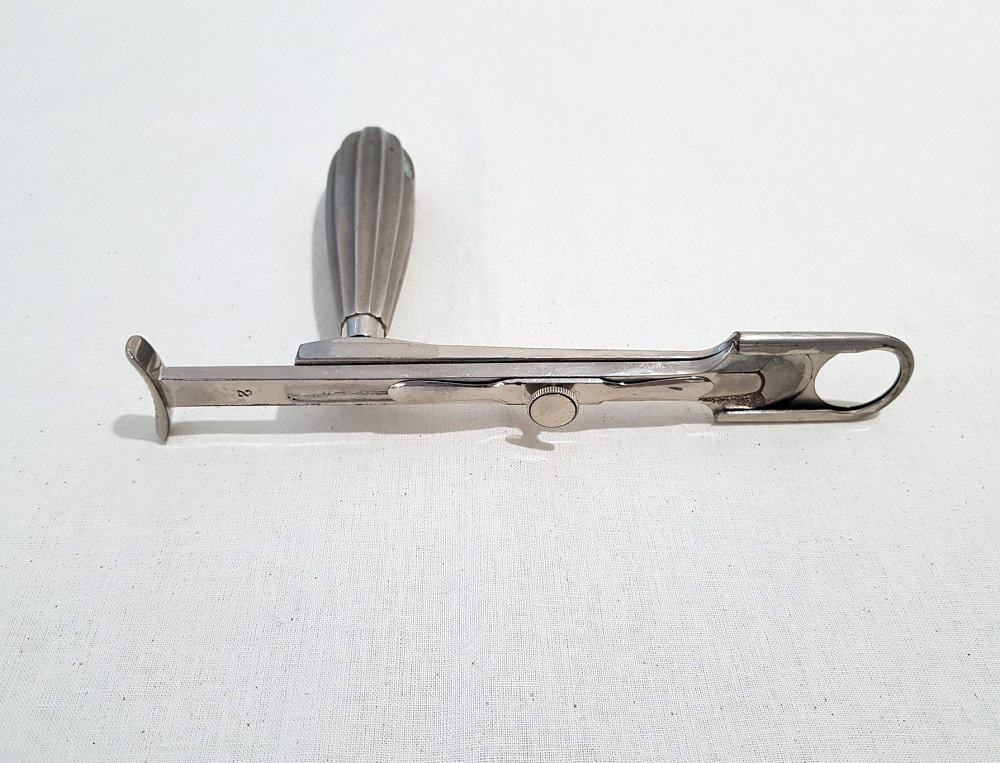
Tonsil guillotine
The tonsil guillotine was used to remove the tonsils, located deep in the back of the throat, a procedure called a tonsillectomy.
The enlarged tonsil was captured in the space and as the blade was pushed forwards, the tonsil was severed.
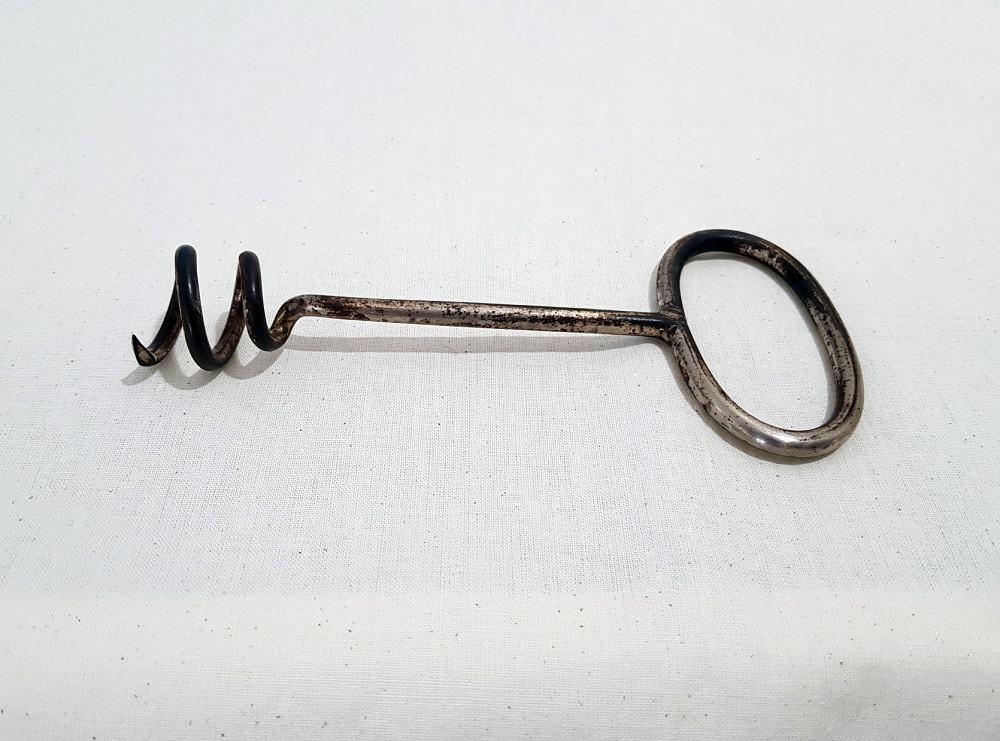
Myoma screw
The myoma screw was used to remove benign (non-cancerous) tumours, such as fibroids, from a woman’s uterus.
It was done abdominally or via the vagina. It was made in Liverpool towards the end of the 1800s.
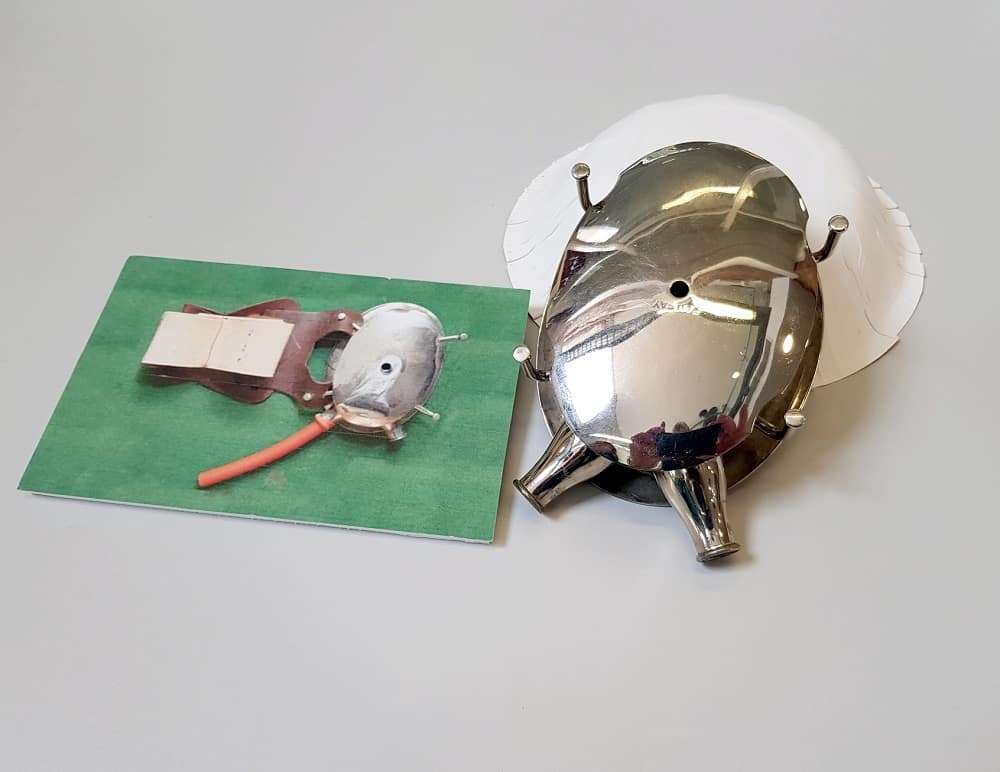
Hamilton Irving Box
The Hamilton Irving Box was an early urine drainage system. The urine was drained via a hole in the abdominal wall.
It was usually utilised after the removal of the prostate gland.
The device was strapped around the man’s waist and the urine was collected in bottles attached to his legs.
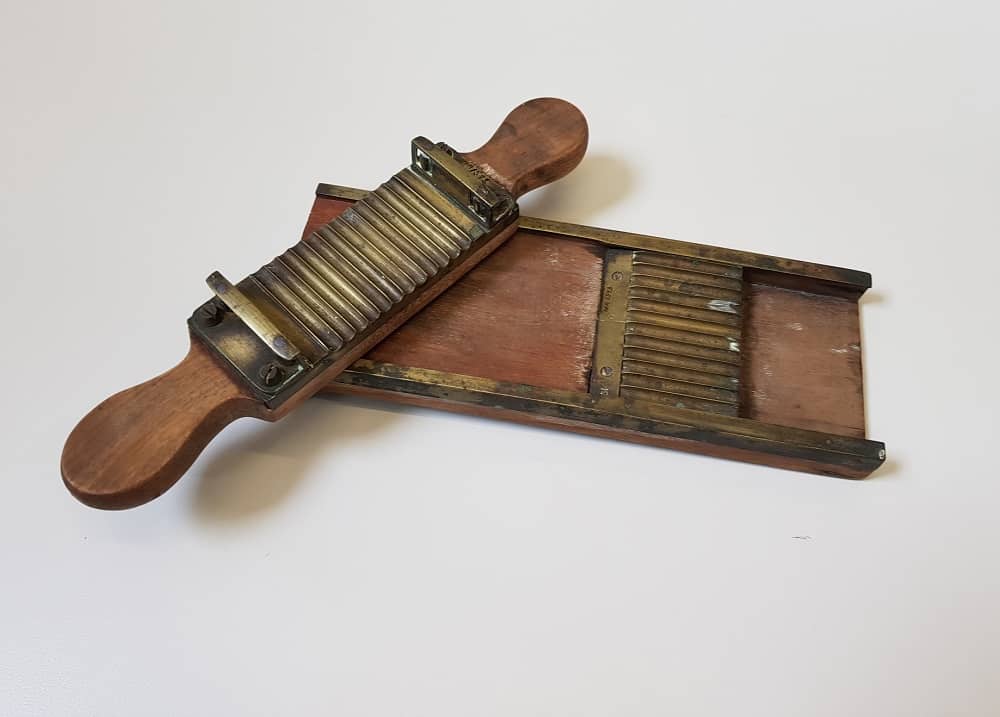
Pill Making Machine
A very old pill making machine. The pharmacist would mix up the ingredients into a moist paste and put it on to the tray – the wooden paddle then slid down the tray on the tracks to produce the pills that fell into the wooden tray.
The tablets were allowed to dry and then put into a bottle, labelled and given to the patient.
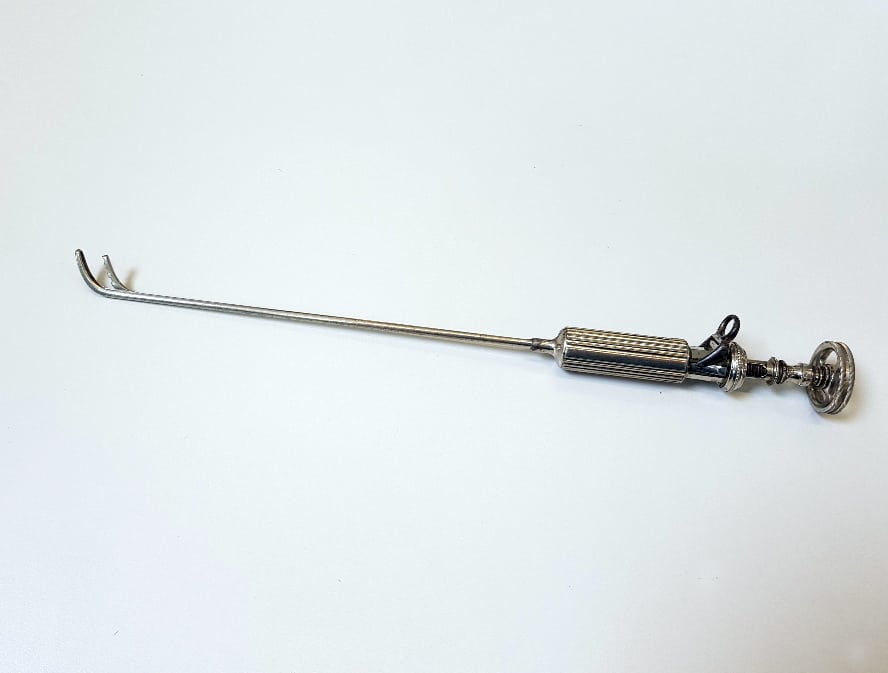
Lithotomy Forceps
Lithotomy forceps were used to grasp and remove stones from the bladder.
The Ipswich Hospital Museum is on the ground floor of the renovated Jubilee building on the grounds of Ipswich Hospital, adjacent to Court St.
The museum is open every Wednesday from 9am – 12pm and other times for groups by appointment. Entry is free.

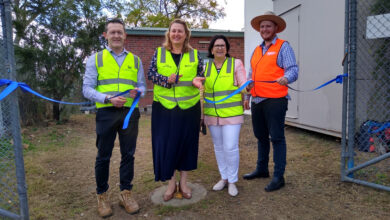
4.5